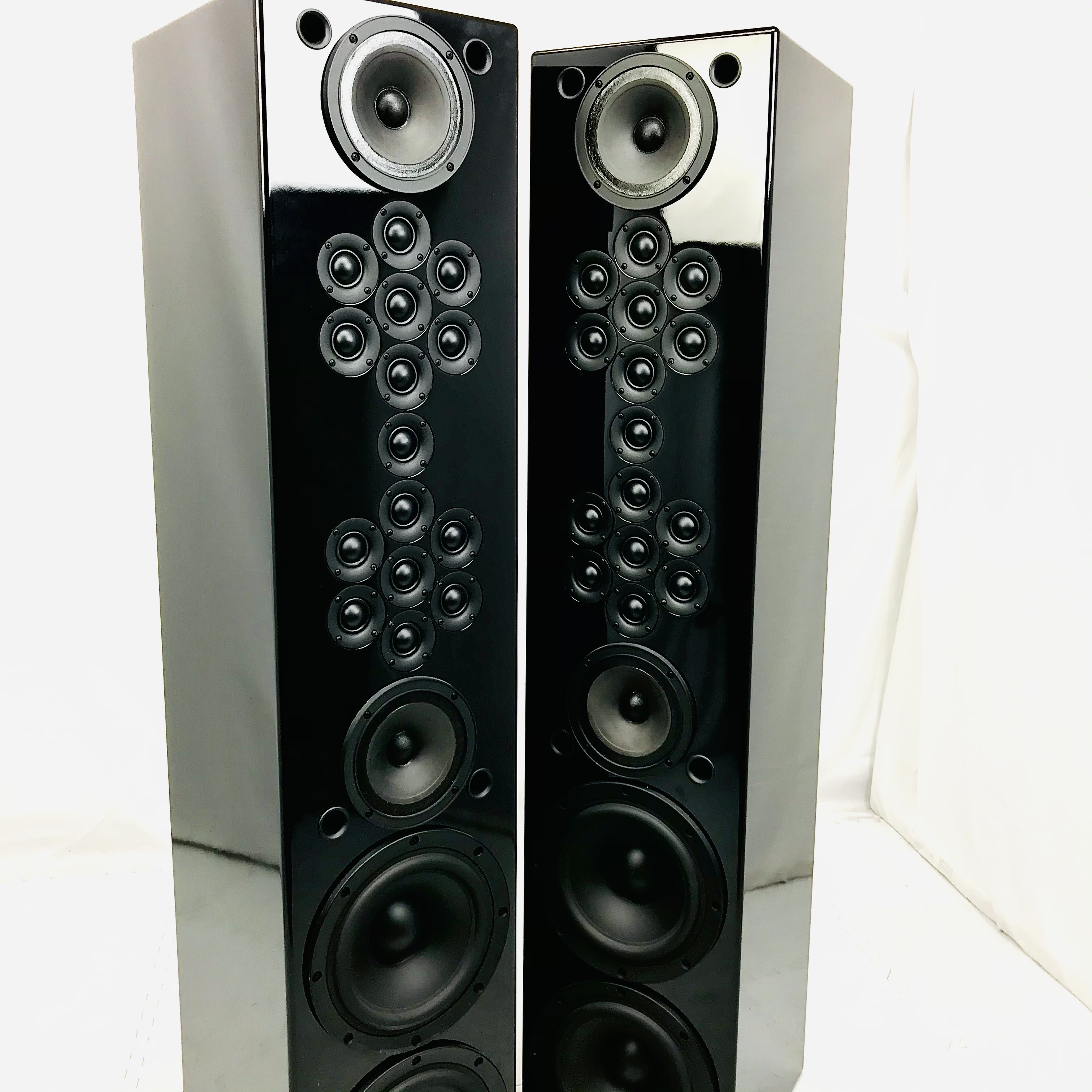The Gearhead: Tekton Design Encore

Sometimes you come across a type of speaker that has that “hi-fi” character to it, in the sense that it can sizzle on the top end of the sound spectrum, and its sound is instantly flashy and immediately enticing.
Over time though, that sound can show itself on every recording you play through it, and when that happens you start to wonder if you really want to live with its sound in the long-term.
In contrast, other speakers can be initially unassuming in both price and construction, but when you play music through them they seem to have so much drive and body in the lower mid and midrange that you can’t help but love what they do on every track you put on.
I happen to have one such pair of the latter type of speakers at my desk this moment, the Tekton Design Encore floorstanders, which are a positively tweeter-filled set of basic rectangular MDF cabinets. Initial visual impressions make you think they might be forward in the treble, but oh no. These offer a truly vibrant, balanced and rich presentation that belies the number of high frequency drivers staring back at you.

Tekton designer Eric Alexander actually uses the two large tweeter arrays as midranges in the Encores. When you group a lot of drivers of the same type together and use them in the same frequency ranges you get the benefit of all of the drivers’ surface areas combined, and you can run them much lower in frequency than if you were to use a single one or a couple of them in parallel.
Alexander manages to use the speed and naturalness of a nice silk dome (natural because its material properties tend to self-damp the typical “breakup” mode of the tweeter at extremely high frequencies) and get a group of them to produce incredibly dynamic and linear midrange sounds, then allowing the more traditional cone midranges above and below the tweeter arrays to focus on more of the lower part of the midrange section. Critical midbass response is important not only for dynamics, but also for a better sense of realism when reproducing musical instruments.
Another trick up the designer’s sleeve is the front mounting of midranges versus the flush-mounting of the tweeters and the tweeters’ individual use of waveguides which allow their voice coils to further sink back into the baffle and time-align with the cones.
A pair of 11” woofers per speaker at the bottom cement the whole presentation and lend credence to the idea that these may be a rare, actually full range set of speakers. Even in this age of electronic music and synthetic bass prevalent in many productions, one wonders how much would be left on the table, bass-wise, if these were the only speakers in the room.
Every time I hear a big pair of Tektons I’m reminded of two things: One, just because you’re looking at 15 tweeters per channel doesn’t mean the frequency balance will be tilted upward — at all, in this case — and two, that extremely well-designed speakers don’t need to feature expensive, artsy or bejeweled cabinets. When the decisions in the design process were made for sound quality rather than ultimate looks, you get a world class product at an affordable price. That’s the Tekton way.
